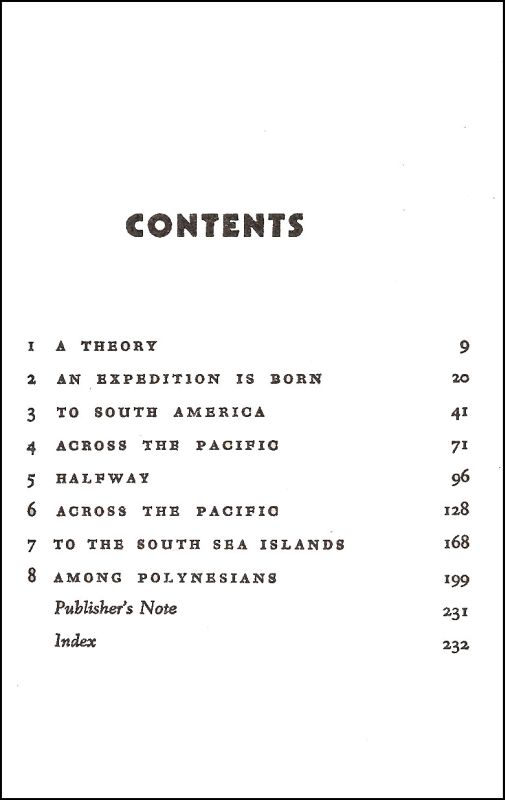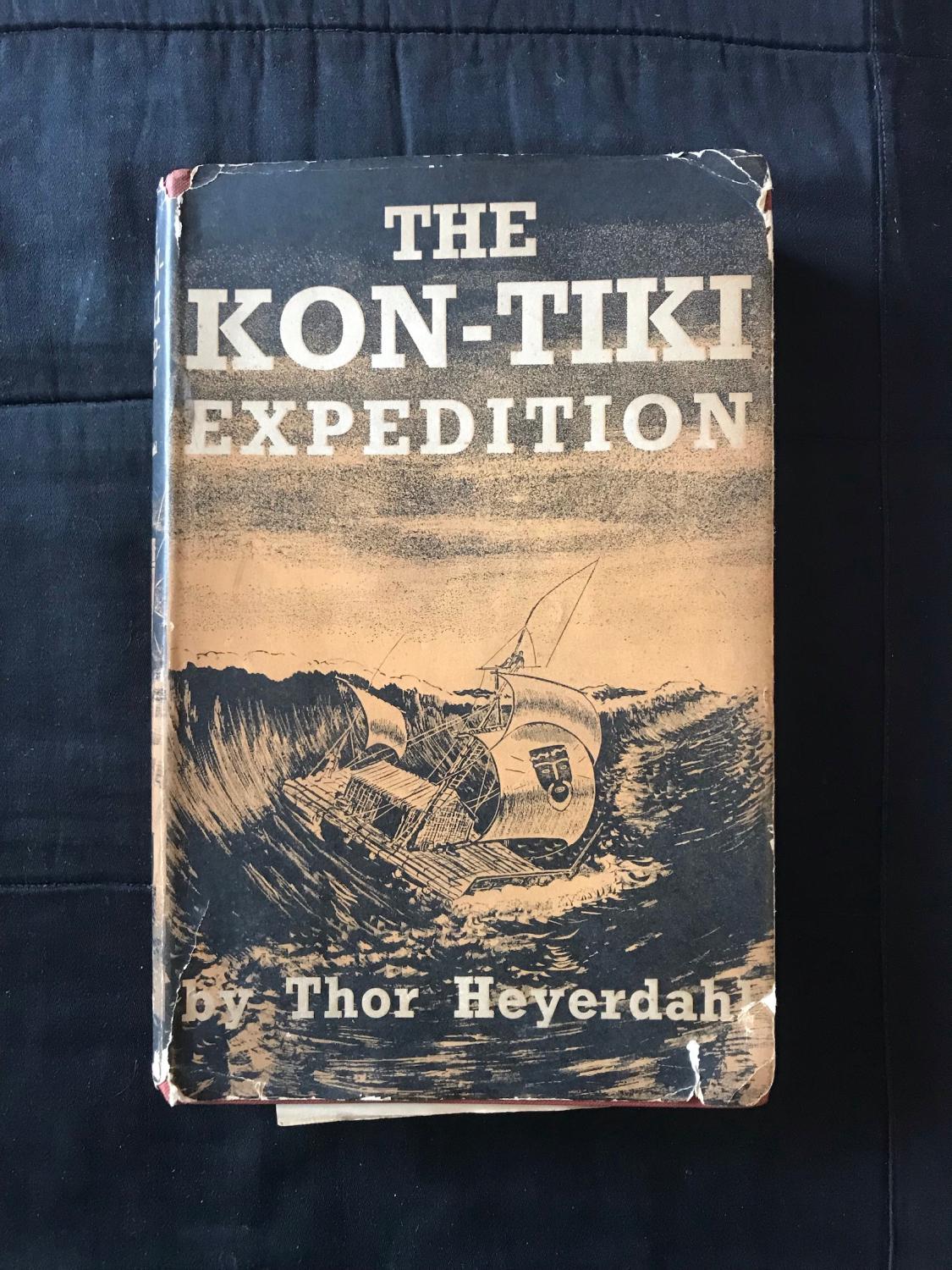

I’m sure I’ve seen an English language version, this one looks slightly cropped since the end of the ‘Earth’ wire is out of vision If one puts LI2B into Google images quite an interesting assortment of radio related images are found ( click here to view search), including QSL cards but the one I like best is this : The drying out of the equipment took no little time and the writer describes how slowly the receiver came to life but no transmitter.įinally they were able make contact, just before the 36 hrs ended,using a WW2 hand cranked resistance, the book says sabotage, transmitter.īoth the radio operators on the Kon-Tiki had been radio operators in the Norwegian resistance in WW2, only 2 years earlier.

They had been in contact before hitting the reef and there was a 36 hour window before the air search and rescue operations would begin. The second entry concerns what happen after the raft ends up on the reef and the radio shack and equipment got flooded. LI2B had been given permission to operate out of but adjacent to as well as in the 20 metre band. per second, the book being written in 1949 no kHz. Once describing the operation of the radio ‘corner’ and a very QRP contact between the raft and Oslo Norway.

I’ve just been to my book shelves and after a small search found my copy of The Kon-Tiki Expedition published in 1950 given to me not too many years later. How many radios today would survive a dunking in seawater and after drying out still be working? What happened on the 7th of August 1947, and in the 36 hours after, says much about the build quality of the National NC-173. On the 67th anniversary the ARRL did an article on LI2B, why the 67th? I give as an example from PA7MDJ I leave it to PA7MDJ’s most excellent blog to tell more, he has some Nation Radio Company images from 1947 illustrating his piece and at the end there is a very extensive links listing.īut another reason for writing is that tomorrow, Monday, 07 August is the 70th anniversary of the end of the voyage as the raft landed on the reef. There is much written about the exploits of the voyage and the operators of LI2B. The radio in question was a National NC-173 receiver.

Just under two weeks ago I was watching a Norwegian film on Polish TV (no, don’t ask) and knowing how the sight of old radio’s in films is of interest to you and your readers I was going to write but travel and work, Passendale100 commemorations in Belgium, got in the way. Many thanks to SWLing Post contributor, Kris Partridge (G8AUU), who sent the following feedback a few days ago.


 0 kommentar(er)
0 kommentar(er)
